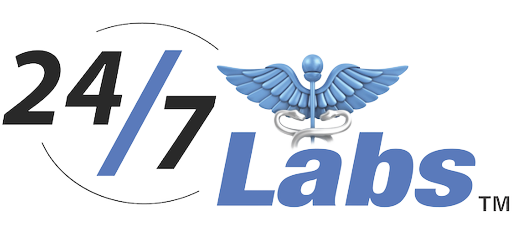Breast cancer is a commonly observed condition in women wherein a lump or aggregated mass of cells form on the breasts.
Breast cancer may begin in the duct carrying milk to the nipple, in the glands storing the breast milk, or in other breast tissues. Generally, mammograms, MRIs, Biopsy, and ultrasound help diagnose breast cancer.
Symptoms of breast cancer
Initial symptoms of breast cancer include:
- Development of lumps in the breast or armpit leading to thickening of the area.
- The common symptoms of breast cancer are pain, redness, or pitting of the breast skin, armpits, or nipples.
- Development of rashes around the nipples and scaling of breast or nipple is indicative of breast cancer.
- The presence of an inverted nipple, discharge of blood from nipples, or formation of lump or swelling under the arm also indicate the presence of breast cancer.
Causes of breast cancer
- Breast cancer is more likely to develop in females than males as the cells of female breasts expose to hormones like estrogen and progesterone.
- The condition is more likely to develop in females that have undergone breast biopsy associated with lobular carcinoma or breast hyperplasia.
- Women having a family history of breast cancer are more likely to be diagnosed with the disease particularly at a young age.
- Gene mutations are major factors governing breast cancer. BRCA1 and BRCA2 are major generation mutations reports to be the cause of breast cancer.
- Age is also a factor that can lead to the development of lumps on breasts. Aged women are more likely to develop breast cancer compared to younger females.
- Alcohol elevates the risk of developing breast cancer. Along with alcoholism, obesity is also a cause of breast cancer.
- Women taking postmenopausal hormone therapy are at a higher risk of getting breast cancer.
- Radiation exposure certainly increases the chances of breast cancer. Therefore, women undergoing radiation treatment are more likely to develop breast cancer.
Stages of breast cancer
Breast cancer has five stages according to the tumor size and the area it spreads to. The stages of cancer help the doctors to determine whether the cancer is invasive or noninvasive if lymph nodes face effects, and if cancer has spread to nearby tissues and organs.
Stage 0
This stage determines the confinement of cancer to the ducts of the breast and nearby tissues only.
Stage 1
In this stage, lymph nodes remain unaffected. However, the tumor develops up to 2 cm near the breast. In the later part of this stage, cancerous elements develop near the lymph nodes.
Stage 2
The cancerous tumor spreads around 2 to 5 cm to the armpit lymph nodes. Lymph nodes are not affected in this stage.
Stage 3
The cancers spread to axillary lymph nodes affecting mammary nodes 4 to 9 cm. The tumor may invade the chest wall and skin up to few centimeters. Hence, in this stage, lymph nodes near the collarbone and internal mammary nodes get affected.
Stage 4
In this stage, the cancerous cell spreads to the nearby lymph nodes and organs including bones, brain, liver, or lungs affecting their functions adversely.
Treatment of breast cancer
Treatment of breast cancers depends on various factors such as type of breast cancer (Angiosarcoma, Ductal carcinoma in situ, Lobular carcinoma in situ, inflammatory breast cancer, or others), stage of cancer, patient’s age and overall health, and patient’s sensitivity to the hormones. Therefore, there are various types of treatment available for breast cancer.
Surgery
Removal of the tumor and some amortizing healthy tissue around is surgical. The name of the procedure is lumpectomy. Removal of lobules, ducts, nipples, areola, lymph nodes, chest muscles, and fatty tissue takes place in a mastectomy.
Chemotherapy
The use of cytotoxic drugs can be extremely helpful in killing the cancerous cells and restricting their invasion and spreading.
Hormone blocking therapy
The doctors use hormone-blocking therapy to treat estrogen receptor-positive and progesterone receptor-positive cancers using hormones along with medications.
Biological treatment
Biological treatment can be administered to the patients with the help of drugs to destroy cancerous cells.
Conclusion
So, the formation of lumps or aggregated mass of cells on the breasts indicates the presence of breast cancer. Some of the commonly observed signs and symptoms of breast cancer include pain, redness, or pitting of the breast skin, armpits, or nipples, development of rashes around the nipples, inverted nipple, discharge of blood from nipples, and formation of a lump or swelling in the armpits. Surgical procedures such as lumpectomy, mastectomy, axillary lymph nodes dissection, and sentinel node biopsy are necessary for the treatment of breast cancer. Hence, avoiding excessive consumption of alcohol, maintaining the body mass index (BMI), exercising, and following a balanced diet can be helpful to prevent breast cancer.




